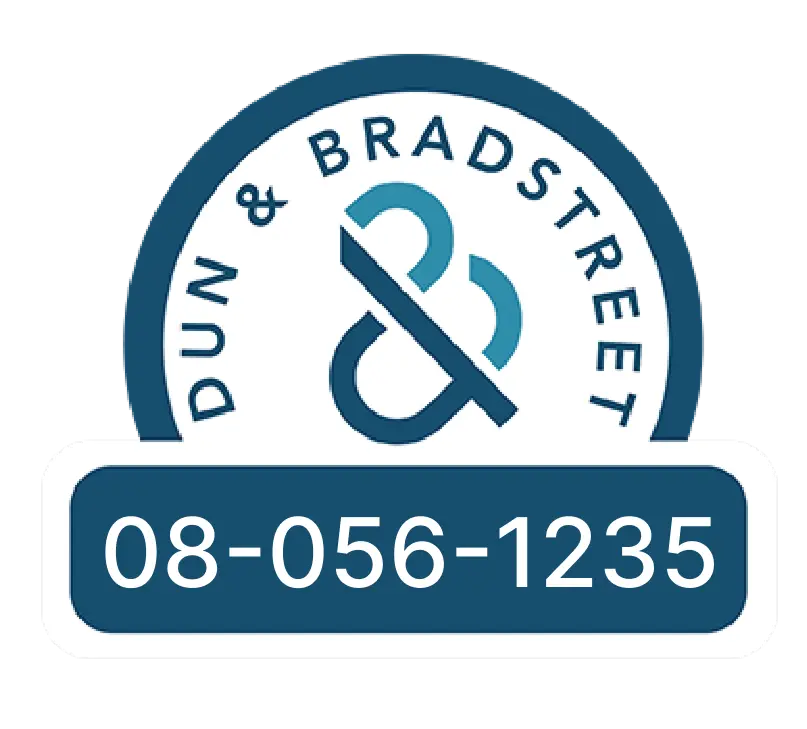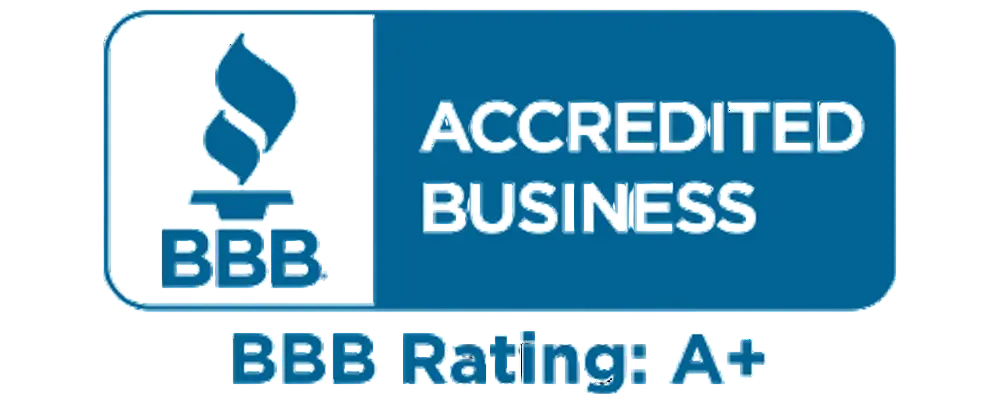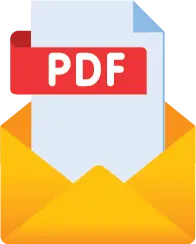Download free PDF
Ophthalmic Anti-VEGF Therapeutics Market - By Anti-VEGF Therapies, By Drug Type, By Indication - Global Forecast, 2025 - 2034
Report ID: GMI13062
|
Published Date: December 2025
|
Report Format: PDF
Download Free PDF
Authors: Mariam Faizullabhoy, Gauri Wani



Immediate Delivery Available
Premium Report Details
Base Year: 2024
Companies covered: 15
Tables & Figures: 113
Countries covered: 19
Pages: 142
Download Free PDF

Ophthalmic Anti-VEGF Therapeutics Market
Get a free sample of this report
Get a free sample of this report Ophthalmic Anti-VEGF Therapeutics Market
Is your requirement urgent? Please give us your business email
for a speedy delivery!





Ophthalmic Anti-VEGF Therapeutics Market Size
The global ophthalmic anti-VEGF therapeutics market was valued at USD 16.9 billion in 2024. The market is expected to reach from USD 18.2 billion in 2025 to USD 28.6 billion in 2034, growing at a CAGR of 5.2% during the forecast period, according to the latest report published by Global Market Insights Inc. The high market growth is attributed to the rising prevalence of retinal disorders, increased diabetes burden, growing ageing global population, and expansion of hospital and specialty eye clinics, among other contributing factors.
Ophthalmic anti-VEGF therapeutics are a group of drugs that inhibit VEGF protein activity, which is the main cause for the abnormal growth of blood vessels (angiogenesis). These medications are offered to patients with ocular diseases such as age-related macular degeneration (AMD), diabetic macular edema (DME), and retinal vein occlusion (RVO) by preventing excessive blood vessel growth and leakage in the retina.
Leading players in the ophthalmic anti-VEGF therapeutics industry include REGENERON, Roche, and NOVARTIS. These companies maintain their competitive edge through continuous product innovation, global market presence, and significant investments in research and development.
The market has increased from USD 13.4 billion in 2021 and reached USD 15.7 billion in 2023, with the historic growth rate of 8.1%. The market growth was driven by advancing treatment uptake in retinal disorders, expanding reimbursement coverage, growing prevalence of AMD and diabetic retinopathy, and the launch of next-generation long-acting anti-VEGF therapies.
Moreover, the diabetic retinopathy (DR), diabetic macular edema (DME), and age-related macular degeneration (AMD) incidence continues to rise due to aging populations, diabetes burden, and sedentary lifestyles. For instance, according to the International Diabetes Federation (IDF), approximately 589 million adults (20-79 years) are living with diabetes in 2024, and is projected to rise to 853 million by 2050.
Additionally, the World Health Organization (WHO) reported in 2023 that over 2.2 billion people globally suffer from vision impairment, with a significant portion attributed to DR and AMD. These conditions are chronic, vision-threatening, and require long-term therapy, sustaining high anti-VEGF demand. Emerging markets amplify volume growth.
Furthermore, robust R&D activity introduces improved safety, durability, and multi-target mechanisms. Competition expands market by creating sub-segments (treatment-naïve, switch therapy, extended dosing). Innovation also drives premium pricing sustainability.
56.5%market share
Collective market share in 2024 is 90.9%
Ophthalmic Anti-VEGF Therapeutics Market Trends
The ophthalmic anti-VEGF therapeutics industry is growing considerably with the shift toward extended-dosing & long-acting therapies, growing switch & combination therapy segment, increased use of AI-driven retinal diagnostics supporting treatment decisions, and rising penetration in non-metropolitan and community eye centres, among other factors collectively driving industry growth.
Ophthalmic Anti-VEGF Therapeutics Market Analysis
The global ophthalmic anti-VEGF therapeutics industry was valued at USD 13.4 billion in 2021. The market size reached USD 15.7 billion in 2023, from USD 13.9 billion in 2022.
Based on the anti-VEGF therapies, the market is segmented into eylea, vabysmo, lucentis, and other anti-VEGF therapies. The eylea segment has asserted its dominance in the market by securing a significant market share of 57.2% in 2024 owing to its proven efficacy and safety across key retinal disorders, together with extended dosing intervals, especially following the introduction of the 8 mg high-dose version, which reduces injection burden and increases patient/physician preference. The segment is expected to exceed USD 15.8 billion by 2034, growing at a CAGR of 4.9% during the forecast period.
On the other hand, the vabysmo segment is expected to grow with a CAGR of 5.4%. The growth of this segment is driven by its novel dual-pathway mechanism (blocking both VEGF-A and Ang-2) leading to durable efficacy and allowing extended dosing intervals (up to 16 weeks), which reduces treatment burden and improves patient/physician adoption.
Based on drug type, the ophthalmic anti-VEGF therapeutics market is segmented into biologics and biosimilars. The biologics segment dominated the market in 2024, accounting for USD 15.7 billion and is anticipated to grow at a CAGR of 4.9% during the forecast period.
Based on indication, the ophthalmic anti-VEGF therapeutics market is classified into age-related macular degeneration, diabetic retinopathy, macular edema, retinal vein occlusion, and myopic choroidal neovascularization. The age-related macular degeneration segment dominated the market with a revenue share of 48.3% in 2024 and is expected to reach USD 13.2 billion within the forecast period.
North America Ophthalmic Anti-VEGF Therapeutics Market
North America dominated the global ophthalmic anti-VEGF therapeutics industry with the highest market share of 64.8% in 2024.
Europe Ophthalmic Anti-VEGF Therapeutics Market
Europe market accounted for USD 3.2 billion in 2024 and is anticipated to show lucrative growth over the forecast period.
Asia Pacific Ophthalmic Anti-VEGF Therapeutics Market
The Asia Pacific market is anticipated to grow at the highest CAGR of 7.1% during the analysis timeframe.
Latin America Ophthalmic Anti-VEGF Therapeutics Market
The Latin America market is experiencing robust growth over the analysis timeframe.
Middle East & Africa Ophthalmic Anti-VEGF Therapeutics Market
The Middle East & Africa (MEA) market is experiencing robust growth over the analysis timeframe.
Ophthalmic Anti-VEGF Therapeutics Market Share
The global ophthalmic anti-VEGF therapeutics industry is highly consolidated, with competition dominated by a few multinational pharmaceutical companies that have established biologic portfolios. Market players focus on continuous innovation, launching longer-acting formulations, bispecific antibodies, and prefilled syringe formats to improve patient adherence and reduce injection burden.
Key players include REGENERON, Roche, and NOVARTIS, collectively accounting for 90.9% of the total market share. These companies leverage strong clinical evidence, robust R&D pipelines, and strategic partnerships with hospitals and retina specialty centres to maintain leadership.
Competition is further shaped by the entry of biosimilars and regional players in emerging markets, which are increasing access and affordability in price-sensitive regions. Strategic initiatives, such as licensing agreements, co-promotion deals, and local manufacturing partnerships, allow companies to expand geographic reach and optimize supply chains.
Additionally, aggressive marketing, physician training programs, and patient support initiatives strengthen brand loyalty and reinforce market dominance, making it challenging for new entrants to capture significant share.
Ophthalmic Anti-VEGF Therapeutics Market Companies
A few of the prominent players operating in the ophthalmic anti-VEGF therapeutics industry include:
Regeneron’s Eylea’s proven efficacy across multiple retinal indications and extended dosing intervals, reducing injection frequency and improving patient adherence. The company also benefits from strong physician trust and extensive real-world clinical data supporting long-term outcomes.
Roche differentiates through Vabysmo’s dual-target mechanism (VEGF + Ang-2), allowing longer dosing intervals and addressing patients with suboptimal response to conventional anti-VEGF therapy. Its broad portfolio, including Lucentis, ensures coverage across diverse retinal disorders and patient segments.
Novartis Lucentis long-standing clinical track record and wide adoption in established healthcare systems, offering reliable safety and efficacy. The company leverages brand recognition and global distribution to maintain strong market presence and early adoption in new treatment protocols.
Ophthalmic Anti-VEGF Therapeutics Industry News
The ophthalmic anti-VEGF therapeutics market research report includes an in-depth coverage of the industry with estimates and forecast in terms of revenue in USD Million from 2021 – 2034 for the following segments:
Click here to Buy Section of this Report
Market, By Anti-VEGF Therapies
Market, By Drug Type
Market, By Indication
The above information is provided for the following regions and countries: